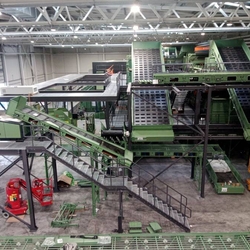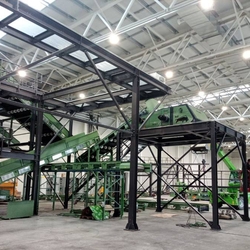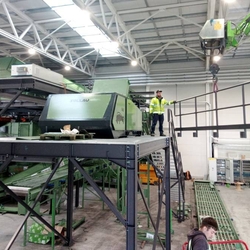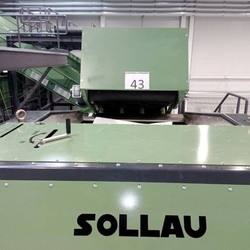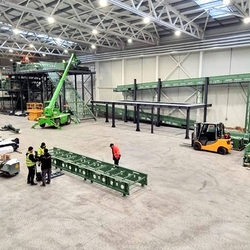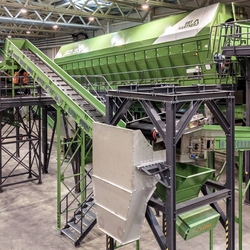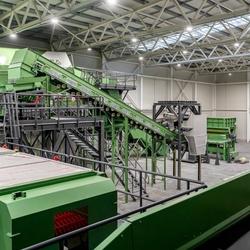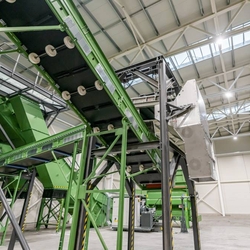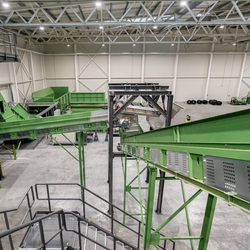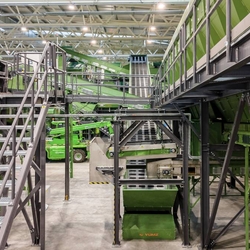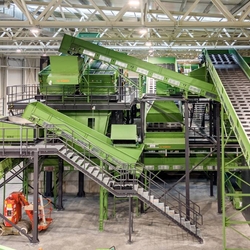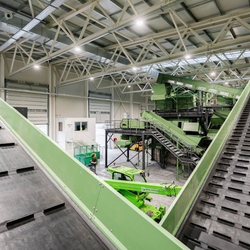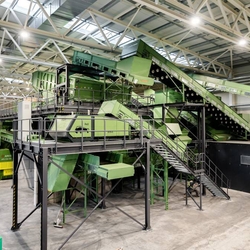2. 7. 2024
Video: Automatic sorting line for sorting mixed municipal waste
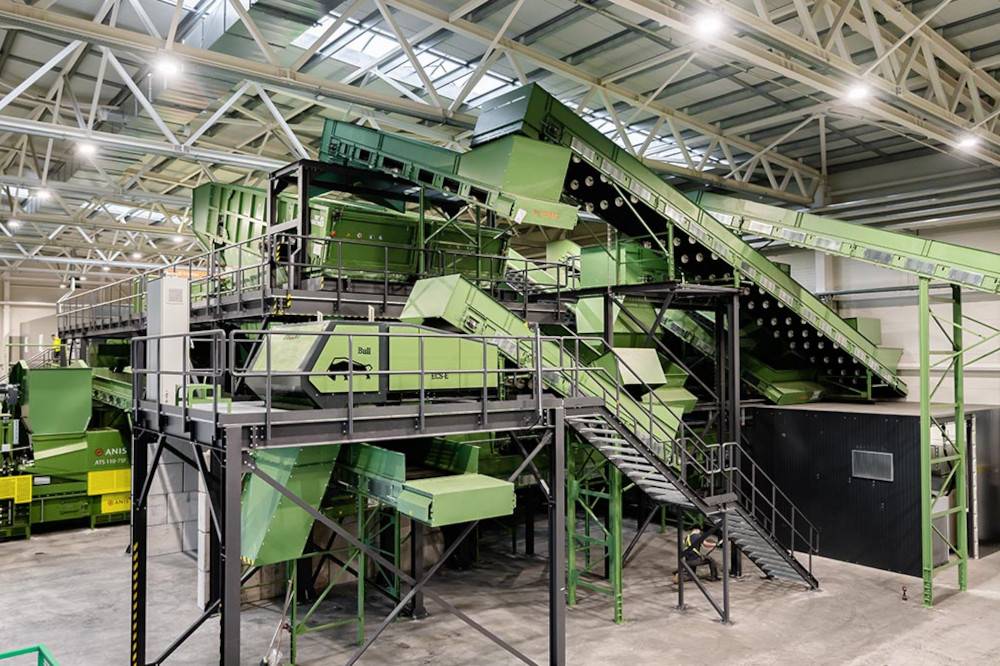
The automatic sorting line for municipal waste, plastic and paper. Designed capacity: municipal waste - 31 t/h, plastic waste - 6 t/h.
Ferromagnetic metals are separated by a pair of overband magnets DND-AC LION and DND-AC JAGUAR.
Subsequently, the material is evenly spread over the entire conveyor belt width (1,500 mm) by a vibrating feeder and is processed by a non-ferrous metal separator. In order to achieve the best possible separation results we have equipped the ECS-E 1500 RAM eddy current separator with an eccentric rare earth rotor. This separator can effectively separate non-magnetic metals from inert material.
Output
The treated waste is sorted into the following material fractions:
- Heavy fraction - it is intended for subsequent disposal in a landfill
- Metals, plastics – materials to be recycled
- Light fraction - input material for SAF production
The requirements for the possible use of the light fraction as fuel:
- Separated organic fraction
- Separated metals, glass, soil and aggregates
- Hard plastics - sorted by color
- Plastics for secondary use

